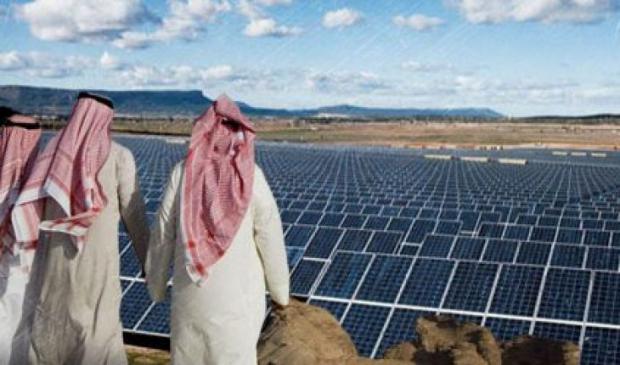
Breaking News
 $26M Frozen on Blockchain - With One Click
$26M Frozen on Blockchain - With One Click
 Italy are on national strike shutdown rejecting digital enslavement...
Italy are on national strike shutdown rejecting digital enslavement...
 The following U.S. states are currently using the rebranded "Reporty Homeland Security" so
The following U.S. states are currently using the rebranded "Reporty Homeland Security" so
 NATO Chief Urges Europe To Prepare For Long-Term World War With Russia, China, Iran & North Korea
NATO Chief Urges Europe To Prepare For Long-Term World War With Russia, China, Iran & North Korea
Top Tech News
 HUGE 32kWh LiFePO4 DIY Battery w/ 628Ah Cells! 90 Minute Build
HUGE 32kWh LiFePO4 DIY Battery w/ 628Ah Cells! 90 Minute Build
 What Has Bitcoin Become 17 Years After Satoshi Nakamoto Published The Whitepaper?
What Has Bitcoin Become 17 Years After Satoshi Nakamoto Published The Whitepaper?
 Japan just injected artificial blood into a human. No blood type needed. No refrigeration.
Japan just injected artificial blood into a human. No blood type needed. No refrigeration.
 The 6 Best LLM Tools To Run Models Locally
The 6 Best LLM Tools To Run Models Locally
 Testing My First Sodium-Ion Solar Battery
Testing My First Sodium-Ion Solar Battery
 A man once paralyzed from the waist down now stands on his own, not with machines or wires,...
A man once paralyzed from the waist down now stands on his own, not with machines or wires,...
 Review: Thumb-sized thermal camera turns your phone into a smart tool
Review: Thumb-sized thermal camera turns your phone into a smart tool
 Army To Bring Nuclear Microreactors To Its Bases By 2028
Army To Bring Nuclear Microreactors To Its Bases By 2028
 Nissan Says It's On Track For Solid-State Batteries That Double EV Range By 2028
Nissan Says It's On Track For Solid-State Batteries That Double EV Range By 2028
Saudi has $200 billion deal with Softbank for 200 GW of solar by 2030

China had built 125 GW of solar power by the end of 2017 and had build 48 GW of solar power in 2017. By the end of 2016, total PV capacity had increased to over 77.4 GW. The contribution to the total electric energy production remains modest as the average capacity factor of solar power plants is relatively low at 17% on average. Of the 6143 TWh total electricity produced in China in 2016, 66 TWh was generated by solar power, which is 1.07% of total electricity production.
China spent $86.5 billion on the 48GW of solar.
With current technology, solar panels capable of generating 200 GW would likely cover 5,000 sq km. Solar power in Saudi Arabia should have a higher capacity factor of about 21%.
With a capacity factor of 21%.
Total Annual Output = 300MW times Capacity Factor 21% times 24 hours in a day times 365 days in a year equals 551,880,000 kWh/year. Moving from 21% capacity factor to 22% means an extra $470k/year.

 Carbon based computers that run on iron
Carbon based computers that run on iron

